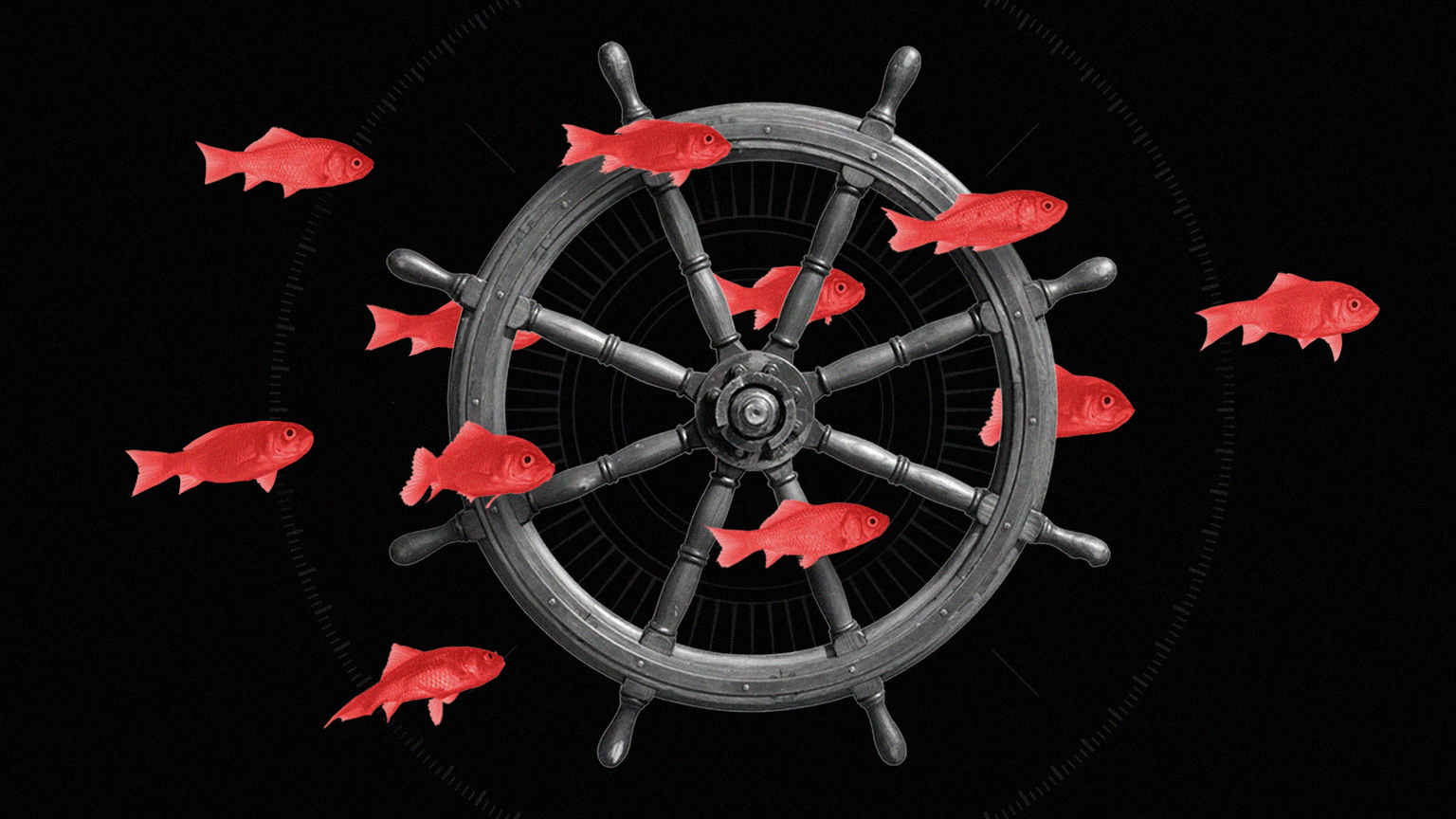Improving Your Hiring Process to Feed Your Leadership Pipeline

The New York Post reports that CEO turnover is the highest it has been in eight years. However, according to the Center for Creative Leadership (CCL), executive churn is a pattern that has been reaching record levels for a while: “Eight out of 10 major companies worldwide changed their top leader at least once during the 1990s — two-thirds of them in the 3-year span from 1998 to 2001.”
Hiring good employees is challenging, and finding the right candidates to fill your leadership pipeline can be a demanding process. You need to have knowledgeable, hungry employees who want to grow into the future leaders of tomorrow and develop the necessary leadership qualities. This process starts at the earliest point: when you’re reviewing résumés, interviewing, and hiring each employee.
Be Specific In Your Job Listings and During Interviews
A lot of companies make the mistake of being unspecific or generic in their advertisements of jobs that are non-management or non-executive during the employee recruitment process. Truly take the time to think about what it is that managers should be looking for when hiring good employees for each position.
Knowing how to find the right employee for a job can come from planning in advance what kind of skills, knowledge, experience, and latent leadership qualities that you want each person to have. It also can lead to more robust dialogues with potential employees.
Use Data to Your Advantage
There is a wealth of information and employee-related data that can be collected and analyzed concerning new and existing employees. When you hire new employees, they provide you with the start and end dates of their employment with past employers, showing both their longevity and career progression. This gives you baseline information that can help you gain a better understanding of their professional experiences and enable you to ask more targeted questions to gain greater insight.
Data on existing employees also can be informative because it shows you where there may be leadership skills gaps within the organization that you need to address with new hires. This information can be particularly helpful when you know that you have a few executives who are set to retire within the next few years that will want to replace internally.
Look Beyond Results and Focus on Relationship Qualities
What makes a good leader is not just the attributes that make someone look good on paper. Although someone may have the title of “manager” on their resume, that does not mean they automatically will be a better leadership than someone who has never held that level of responsibility. Similarly, someone who wears blinders and only focuses on getting “results” also may not fit that ideal role.
According to Big Think expert Daniel Goleman, good leaders are those who have high emotional intelligence (EQ). Emotional intelligence corresponds to skills that are essential for long-term success in virtually any position, including leadership. These qualities include:
- Perseverance: Bouncing back after a setback;
- Social Perception: Being able to understand and empathize with others;
- Communication: Talking with and understanding others clearly and concisely;
- Persuasion: Having the ability to convince others to follow a course of action or cooperate; and
- Cooperation: Being able and willing to work with others for the greater good effectively.
Hire Candidates for the Learning Culture You Want to Create
While some may think that it is best to hire candidates who fit within the existing company culture, it is better to hire someone who fits the culture you seek to achieve. Successful organizations with strong leadership pipelines are those that develop and nurture a robust learning culture.
In a previous Big Think article, it was said that “one of the most compelling reasons to work at Google is to learn.” Although that type of learning culture may not yet exist at your organization, hire people who are hungry to learn and who will flourish in that kind of environment once you have established it. Furthermore, doing so will help your organization to attract and engage the best and brightest talent to fill your leadership pipeline.
Request a demo to learn more about hiring good employees and what makes a good leader for employee recruitment.




